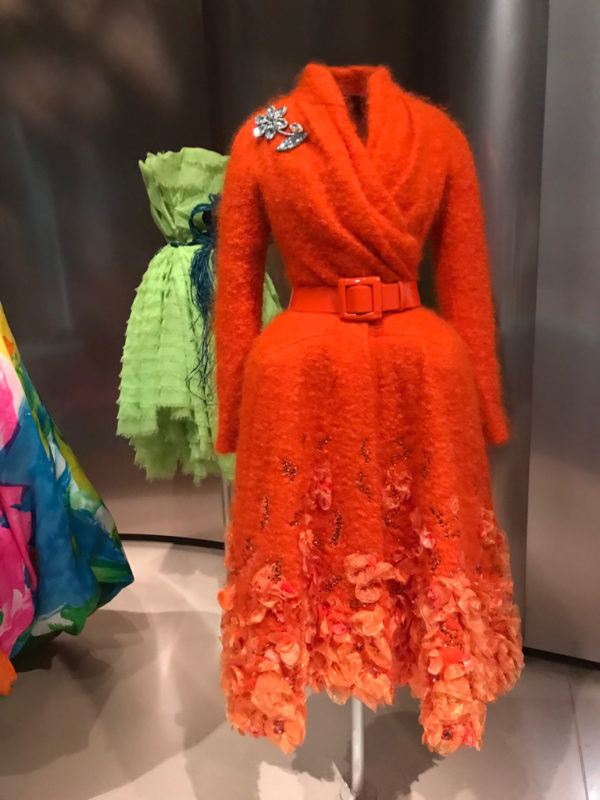
Dior Show

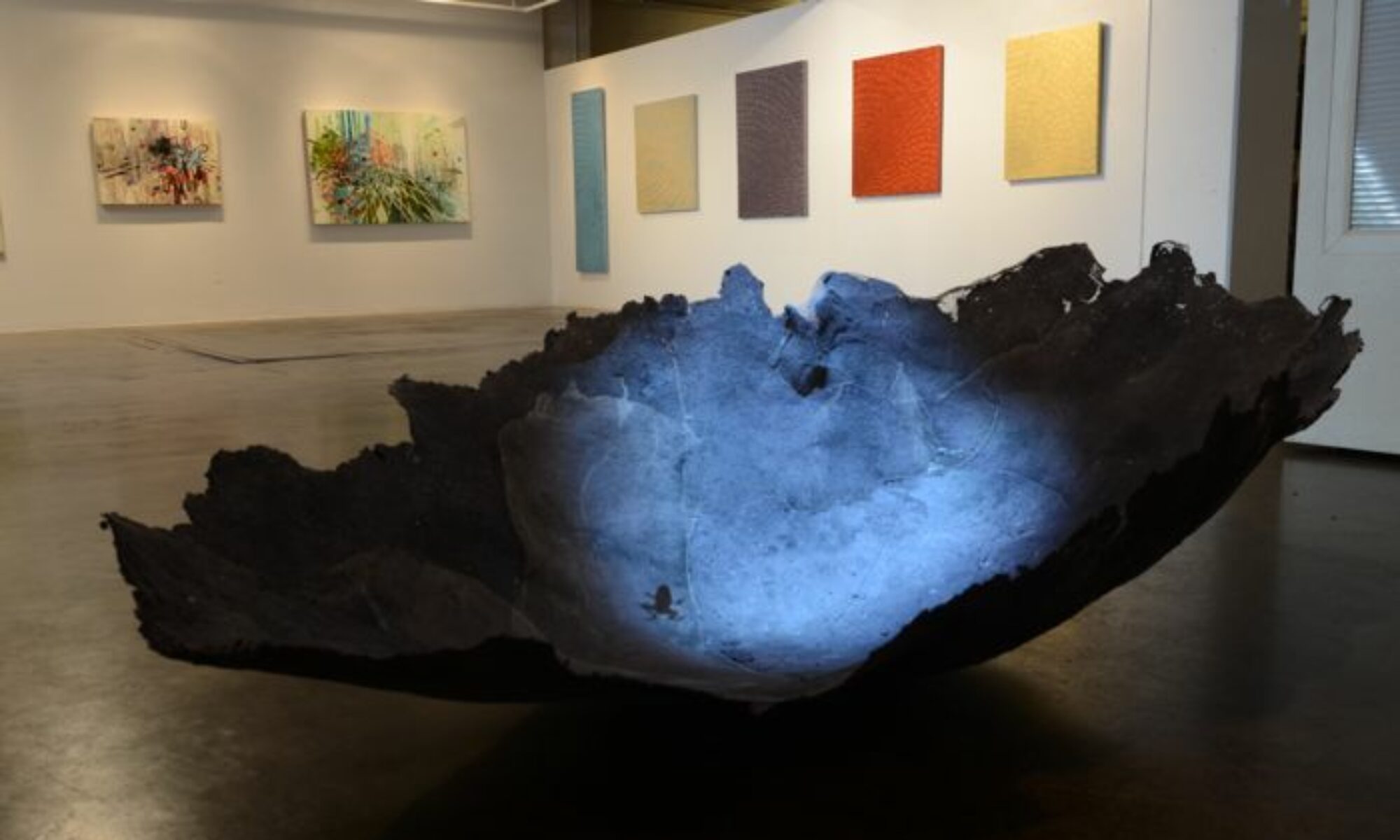
Illustration Instructor at CU Denver, Colorado

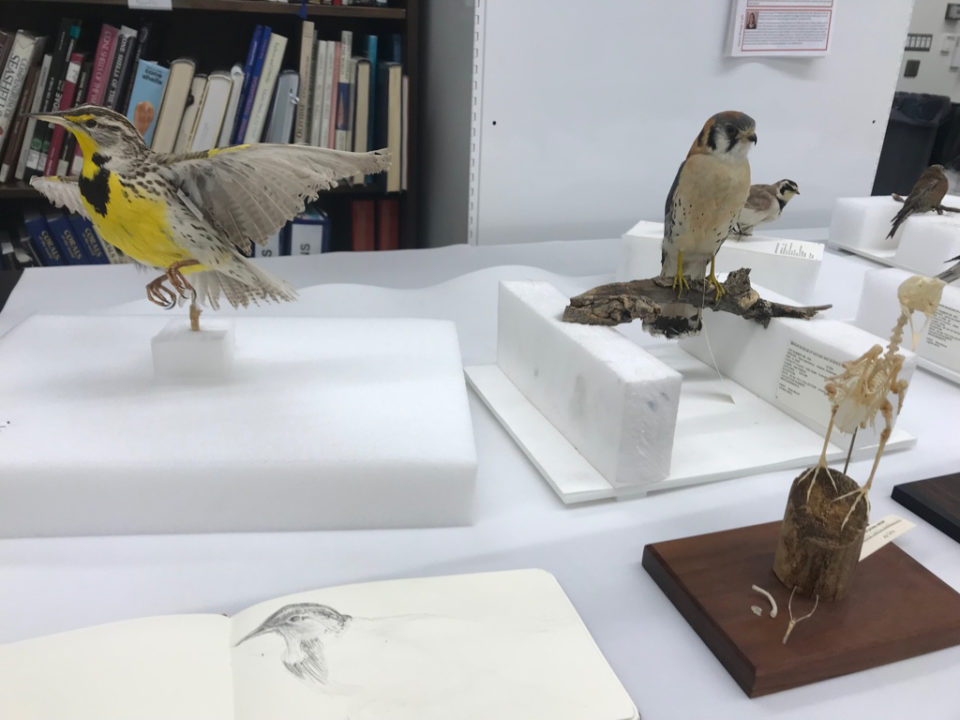
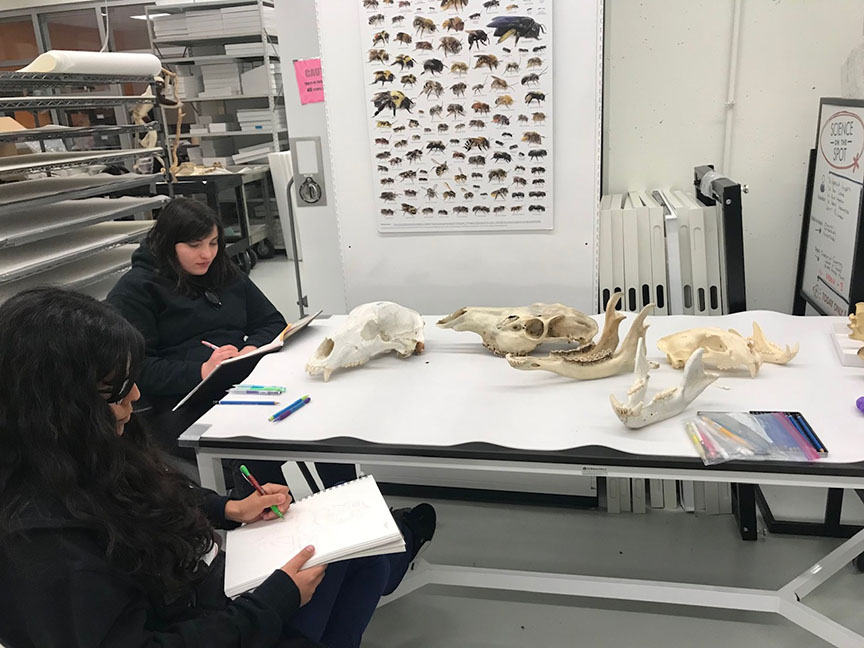
The field of landscape architecture is entering a new era. I think I feel it. Recently, I was in Austin, Texas attending a conference on landscape architecture. At the last minute, I changed my choice and entered a lecture a few minutes late. At the end, when questions were voiced, Anne Whiston Spirn, the third lecturer said, she had never seen research quite like the first two presentations. I too had been captivated by the research. These young voices had made and tested prototypes. If the profession of landscape architecture is not doing then it is important to make and do yourself. It was almost as if this conversion with myself was heard. Anne turned and asked the room of people if they also felt the field was changing. I think I felt it in that room. She asked “are other landscape architects making things like this and borrowing from other fields like industrial design? People agreed, Rhino is now being used and Processing to represent the data. I thought about my own experiments. If something is happening but not verbally acknowledged, it takes longer for change to happen. It was important for this photographer to voice something that some designers know. Yes, landscape architects use Rhino, Grasshopper and Processing. But more importantly, I believe she was saying landscape architects feel the need to make. Perhaps the field has been slipping into a gap, and now looking for a way out.
Today, I sat and listened to a sermon looking for a relevant message to take to heart. The minister spoke of a gap or void and of lost love. He said the intensity of love can’t be understood without a gap. It is important not to try to fill voids, but know they exist because intensity can’t be felt without them.
Often we unknowingly influence others by our mere presence, by what we do–or the strength of words. A few days ago, I sat in a university workshop listening to a retired lawyer share ideas about critical discussion. “In the classroom,” he said, “we rarely teach students how to listen. People believe conversation is about sharing this and that. One person says one thing, and then another person says something else.” He explained how he teaches his students to listen, and build upon what is said by first addressing the previous comment. And then, when some sort of conclusion has been made, the students are allowed to move on and change the subject. His words stuck in my mind and I thought of the importance of this statement.
Later I was listening to a neighbor explain a message he has shared for 40 years with his team. His words held power over my attention. He said, “Make a science of what you do, and then make an art of presenting it.” As I marveled in the beauty of this statement and all that it could mean, he explained how he deconstructs conversation into potential options and identifies which options are an opportunity to influence a specific outcome. He asked me, “Whose responsibility is it to make sure ideas are understood? Is it the person telling–or the person listening?” I said it was both. He disagreed and said it was the responsibility of the person telling to make sure ideas are understood in the way they are intended.
My mom talked this morning while we were looking at this family photo. The subject matter looks like something something Dorothea Lange could have taken. I have been reading about my Ruddle and Heavner family history: the frontiersmen, the military leaders, and the farmers. There are many stories worth telling. Some are simple and some are quite dramatic. There have been several notorious characters. There was a 1952 movie made, based on the life of one. The movie was called “Brave Warrior.”
It seems right to have a narrative attached to this photo. My mom, Betty is the young girl in front, next to her is Joe her brother. You can see by his smile, he has a great sense of humor. The youngest one is Gracie. Aunt Connie is above my mom and Aunt Kitty is above Joe. They are my most favored aunts. I am guessing this photo might be the early 1940’s. My mom thinks she was a tall 7 year old. My Uncle Max, the oldest and Rich, not pictured, were in the military and they both fought in WWII. My Aunt Ruth and Aunt Sue were not in the picture, perhaps they were working in town. I still have a book and a purse my grand daddy gave me. I remember how kind he was.
My mom said, “I am just telling you some of the things I remember. When we get a bath on Saturday night we would get in a metal tub and my mom would heat the water on the stove. I don’t know how my mom raised nine kids. The water would freeze in the winter. The older ones helped out. Joe and I had it easier, but we thought we had it hard. I wish we could kept that place. It was five bedrooms, a basement. My dad built that house but he never painted it. The house still stands in Deer Run, West Virginia, but you wouldn’t recognize it now. It has been renovated and it is beautiful. The house was arranged kind of arranged crazy. We had a big back porch that went across the back porch. It was a pantry. She kept the flour in 25 lb lard tin cans. She had a 3 legged cast iron pot that she fried Kruellers in it. She had a warming closet in the stove. It had a big firebox on one side. The coals would go down and that is when it is good to bake with. We didn’t always have a lot of Maple sugar. It depended on the weather. I remember my mom breaking up the Maple sugar cakes, we also had Sorghum Molasses, we grew the cane, and had a press. We would make the juice and then boil it down.”
“We had a smoke house, where we hung the meat. It was cured and wrapped. They put wires around it and hung the meat. We had a meat saw. And we had a shed where we dried fruit. We built a low fire to smoke the fruit with sulphur….peaches, apples and even beans. Then we put it in a muslin sack. And that is what we ate Becky. Up on the hill towards my granddad’s house in the upper part of the garden, we dug a hole and lined it with straw, then we covered the vegetables with straw, then put dirt on top. In the winter, you could dig through the snow and get what you want…cabbage. We never wasted anything. There was a lot of people to feed but we had a lot. We had wild huckleberries, and my were they soooo good. and in the summer we picked wild strawberries and made ice cream. My mom made fruit pies with cream on top. And she made homemade biscuits for us. It is a wonder we didn’t get fat. I had to chop corn for the chickens and I did that in a hurry so I could read.”
“Sometimes, I would come home from school to listen to the radio, Welcome to the Inner Sanctum on the radio it made all those scary sounds….the door would squeak real loud. it was scary but I would listen to it and it would scare me to pieces…also “Stella Dallas” and “Young Widder (Widow)” Brown…on the radio. Then we always had company for sunday dinner. EVERY sunday. I don’t know how mom did it. We had fried chicken, mashed potatoes and gravy, green beans, pie and ice cream, lemonade…….Don’t know how they afforded it. I remember making the lemonade. I don’t know how they afforded lemons. Before we had a refrigerator we had an icebox. My mom always made the best pies. She made them in the iron skillet. My mom made Vinegar pie. She made it in the winter alot. In the summer, she canned in half gallon cans. We had bins of potatoes. And we would just eat them all. Often times we would get a great big wooden keg. I remember it coming. It was salt fish. They were big fish in a salt brine. My mom put them in cold water to soak them overnight to get the salt out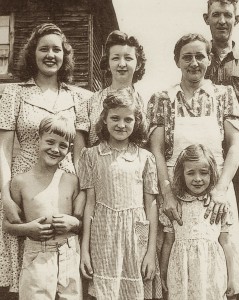 and then fry them the next day. Doesn’t it sound like we lived in the dark ages? But you know what Becky? We never went hungry. I was never hungry.”
and then fry them the next day. Doesn’t it sound like we lived in the dark ages? But you know what Becky? We never went hungry. I was never hungry.”
I love to find three articles in the Sunday New York Times, and juxtapose one against the other. On Sunday December 2, 2012, I found three articles about three people that situated my mind into a particular place. In the Arts section, actor Bill Murray spoke to a writer about his unpremeditated career. Thinking about who he is-or who he could be in a film he said, “I wouldn’t have cast myself.” Bill Murray and his identity intrigues me. I have been thinking about what it means to be authentic, without external pressures. What does it mean to describe, analyze, synthesize and render an authentic experience in life…in landscape?
I was surprised to learn about Agnes Denes, an artist with “more to say” beyond the confines of a canvas. An identity might not be contained. Many people attribute her to be the one to create “the first ecologically conscious earthwork, “Rice/ Tree/Burial, a performance piece that involved planting rice seeds in a field in upstate New York, chaining surrounding trees and burying a time capsule filled with copies of her haiku.” She is a living example of an identity unfolding. She changed her life to wake up each morning, roll out of bed to make art in the space that she lives. As her gallery agent, described, “It’s difficult to get your head around all the things she’s done,” Ms. Tonkonow added. “I do honestly think that’s why she hasn’t been a household name.” Has her identity become unexpected, uncategorized like Murray?
Artist Karen Rosenberg’s work in this section is an unfolding story, a spatial kinetic sculpture with people and movements designed “to rustle a giant piece of fabric.” Set apart from this is “a writer scribbling response.” It is literally a deconstructed story, conceptually occupying space and time so it can be comprehended.This is a smaller story than the other two and perhaps less important today.
A city’s story is constructed much like DNA. Each DNA strand is unique and contributes particular notions regarding identity-a person or a place. New York Times writer, Fernanda Santos raises the question, “How do you continue to tell a city’s story if the remnants of its past have all come down?” It is possible to tell a story if the remnants of a city’s past have been removed. The removal of buildings is a edited story. It takes both a short view and long view of design. What stays and what is removed tells a story of “what is valued” now. Both the old and new tell a story about the experience of place. What is new today will be the old one day. Phoenix is in the process of a story burn-but is it a controlled burn? Are its historical roots being supported with the right kind of new growth and conditions? Design is not just a drawing on paper. It occurs subtly on many levels. People who take a stance on social policy and the workings of foundations are in a sense architects and builders. 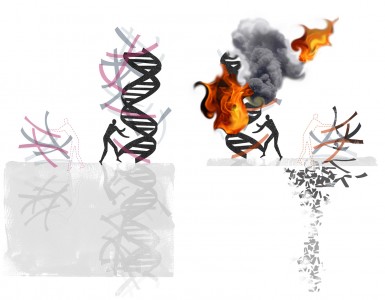
Flexibility is a good quality for a designer to have. A designer must be willing to crumble up the trace paper and start all over without regret. An open mind is flexible. However, a flexible designer is continually tested in practice. New ideas and suggestions should be auditioned. They are not always worthy of the part.
What is fitting for the experience of place or design? The designer must look to core beliefs and then find flexibility, to test the edge of their limits.
Core Beliefs:
1. State the problem.
2. Conduct primary research.
3. Observe people and the place in situ.
4. How do preferred design situations, factors, forces address the problem?
Every once in a while an art review propels me into thought. Today, The New York Times referred to photographer Robert Adams as “a prophet in the wilderness of modernity.” His photos are often representations of the carcasses of industrial life. In the review, Ken Johnson described Adam’s use of form and metaphor as “economic and Shaker-like.”
It was the title, a reference to a requiem that really got me to slow down and read the review. A requiem is a musical celebration of a soul, not landscape, right? It is written and played to honor life in it’s final act. Not too long ago, I took in a room of Robert Adam’s photographs at the Denver Art Museum. Among other photographs, I remember an old Cottonwood tree. I saw them and walked away, only to be quickly drawn back. I wanted to take a second more contemplative read of how we see landscape. It is a reflection of ourselves.